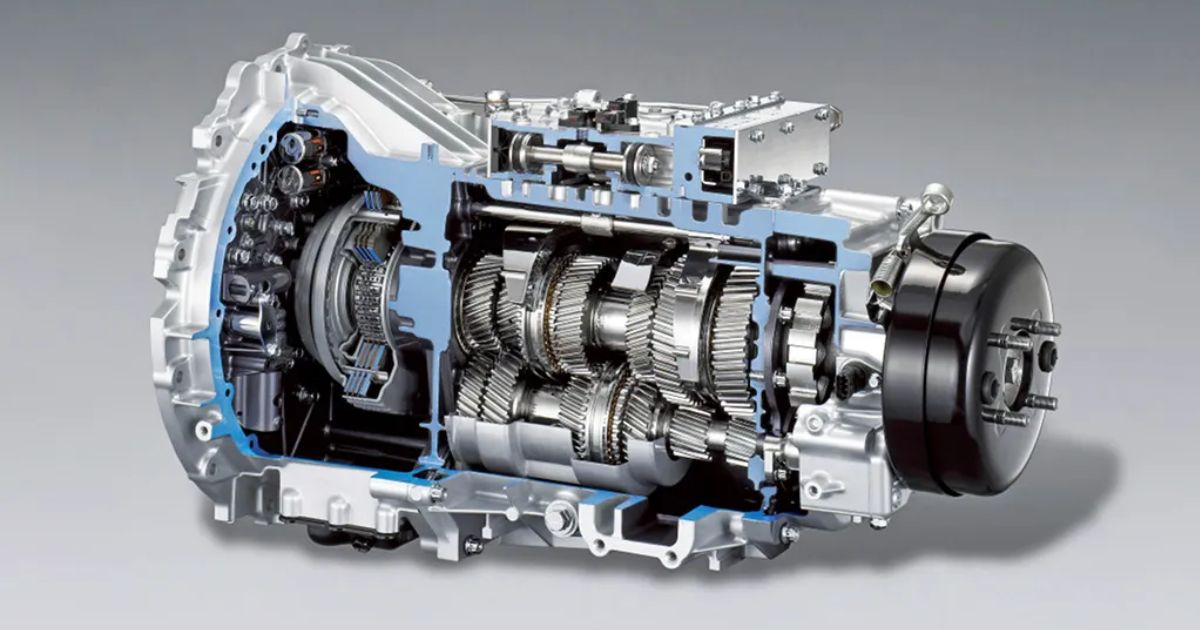Automotive transmissions are a critical component of modern vehicles, enabling the transfer of power from the engine to the wheels. Over the decades, the automotive transmissions market has witnessed significant evolution driven by advancements in technology, regulatory changes, and shifting consumer preferences. This article explores the current landscape of the automotive transmissions market, its key trends, challenges, and future prospects.
Market Overview
The global automotive transmissions market encompasses a wide range of transmission types, including manual, automatic, continuously variable transmission (CVT), dual-clutch transmission (DCT), and automated manual transmission (AMT). Each type caters to different vehicle segments and consumer preferences, influencing market dynamics and technological advancements.
Key Market Drivers
- Fuel Efficiency Regulations: Stringent emission norms and fuel efficiency standards imposed by governments worldwide have compelled automakers to develop transmissions that enhance fuel efficiency while reducing emissions.
- Technological Advancements: Innovations such as dual-clutch transmissions and continuously variable transmissions have improved performance, driving comfort, and fuel efficiency, thereby increasing their adoption in passenger vehicles.
- Shift towards Electric Vehicles (EVs): The rise of electric vehicles has spurred the development of transmissions specific to EVs, such as single-speed gearboxes, which are simpler yet crucial for optimizing power delivery and efficiency.
- Consumer Preferences: Increasing consumer demand for smoother driving experiences, reduced maintenance needs, and enhanced performance has influenced automakers to adopt advanced transmission technologies.
Market Challenges
- Cost Constraints: Developing advanced transmissions involves substantial R&D costs, which can affect overall vehicle costs and affordability, posing a challenge for manufacturers.
- Supply Chain Disruptions: The automotive industry, including transmissions, faces challenges related to supply chain disruptions, raw material shortages, and global economic uncertainties.
- Transition to Electric Vehicles: While EVs offer simplified drivetrain solutions, the shift away from traditional internal combustion engine vehicles poses challenges for traditional transmission suppliers.
Technological Trends
- Electric Vehicle Transmissions: As electric vehicles gain popularity, there is a growing demand for efficient and compact electric drivetrains, leading to innovations in transmission technologies tailored for EVs.
- Connectivity and Automation: Integration of transmissions with vehicle connectivity and automation technologies (such as adaptive cruise control and predictive shifting) enhances driving comfort and efficiency.
- Lightweight Materials: Use of lightweight materials such as aluminum and advanced composites in transmission design helps reduce vehicle weight, thereby improving fuel efficiency.
Technological Innovations
- Advanced Control Systems: Integration of sophisticated control algorithms and sensors enhances transmission efficiency, responsiveness, and adaptive shifting strategies, improving overall vehicle performance and fuel economy.
- Hybrid Transmissions: With the rise of hybrid vehicles, there is a growing demand for hybrid transmissions that can seamlessly switch between electric and internal combustion modes, optimizing power delivery and efficiency.
- Torque Vectoring: High-performance vehicles are increasingly adopting torque vectoring systems within transmissions, which enable precise distribution of torque to individual wheels, enhancing stability, cornering capabilities, and overall driving dynamics.
Regional Insights
The automotive transmissions market varies significantly across regions due to differences in consumer preferences, regulatory landscapes, and technological capabilities. Developed regions such as North America and Europe lead in the adoption of automatic and CVT transmissions, while emerging economies in Asia-Pacific are witnessing rapid growth driven by increasing vehicle production and rising consumer purchasing power.
Future Outlook
The future of the automotive transmissions market is poised for further evolution with advancements in electrification, autonomous driving technologies, and connectivity. Key trends such as the development of hybrid transmissions, further optimization of CVTs, and the integration of advanced materials will shape the market landscape. Moreover, the ongoing shift towards electric and hybrid vehicles will drive the demand for innovative transmission solutions tailored for electric drivetrains.
Read More Reports:
https://www.informesdeexpertos.com/informes/mercado-de-esqui
https://www.informesdeexpertos.com/informes/mercado-automotriz-en-venezuela
https://www.informesdeexpertos.com/informes/mercado-de-comida-rapida-en-colombia
https://www.informesdeexpertos.com/informes/mercado-de-control-de-plagas-en-espana
https://www.informesdeexpertos.com/informes/mercado-latinoamericano-de-dispositivos-medicos

